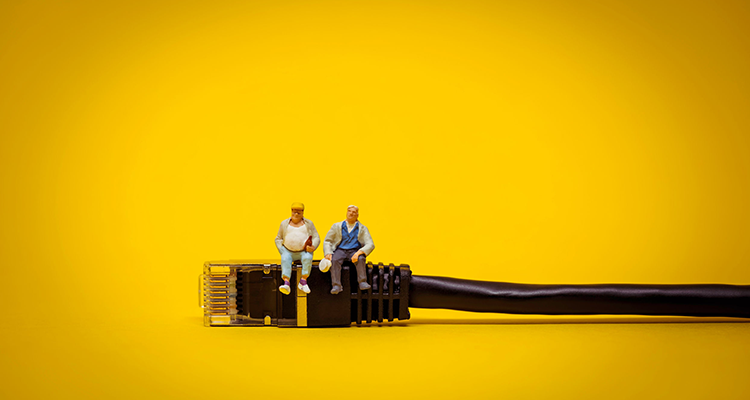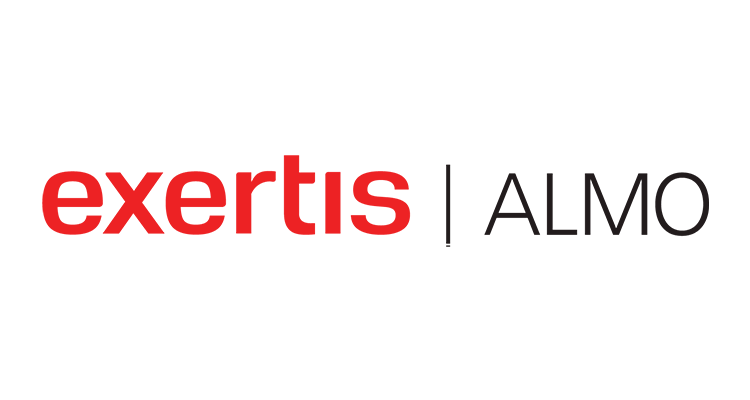Sustainability — Sustaining the Humans

Sustainability. Sometimes it’s about sustaining the humans.
When designing an audiovisual system, we often discover that our main challenge is the actual room. Crazy, isn’t it? We try and work around and implement, as best we can, a technology solution when maybe a better solution could involve a lot less of that technology stuff.
Did you know that LEED has a prerequisite for acoustic performance in schools? The EQ (Indoor Environmental Quality) Prerequisite: Minimum Acoustic Performance Required in LEED BD+C for Schools refers to the ASA/ANSI S12.60 standard and ASHRAE Handbook, Chapter 48, Noise and Vibration Control.
According to LEED, the intent of this prerequisite for schools is “to provide classrooms that facilitate teacher-to-student and student-to-student communication through effective acoustic design.”
As it turns out, a quiet room is a prerequisite to facilitating communication in a classroom. Isn’t that also the intent of a meeting, training or audio/video conferencing space?
Why, yes. An EQ credit can be earned if those spaces are quiet and meet minimum STC (Sound Transmission Class) requirements.
For all large conference rooms and auditoriums seating more than 50, the credit says to evaluate whether or not a sound reinforcement or playback is even required. Depending on the configuration, 50 people in a traditional conference room might need about 1400 square feet. That’s about 40 feet x 35 feet. Can you imagine having a room that big without putting in at least 12 ceiling loudspeakers? If the room is quiet enough and without outside distractions, yes! Imagine selling fewer audio systems, no upgrades, no new lav mics or replacing batteries/lost transmitters. I won’t have to replace a wireless system because of frequency allocation or compatibility issues. Without an audio system, I could consume less energy, produce less heat and don’t have to try and recycle obsolete audio components when they arrive at the end of their life cycle.
The resources outlined above provide the criteria. Now we need to measure to see whether to not we can meet those criteria.
When you perform a site visit, are you taking measurements beyond the size of the room? You need to be able to take ambient noise and light measurements. “I have an app for that!” You might have an app, but you do have an instrument? You can change that, on the audio side at least. The Studio Six Digital app requires purchasing an external mic to turn that app into an instrument. The calibration files are stored in the iTestMic2 (Lightning connector) or the Cloud with the uTestMic (USB), so an external calibrator isn’t required. Studio Six Digital and the TestMic allow you to take dB SPL, NC and RC measurements, and many more.
So what happens when the noise levels are higher than they should be? You already know that answer: We sell and install “stuff.” Microphones, DSPs, power amplifiers, loudspeakers, mounts, cable, connectors, wireless microphones, equipment racks, wall plates, control interfaces and more! Plus labor, of course. And — oh yeah — we need an electrician to provide receptacles here, here and here.
And when we install “stuff” for conferencing or distance learning in an acoustically challenged space, equipment selection becomes much more critical. Of course, I want to sell you all of this stuff and more! (Honestly, we can help you with that as we work with multiple manufacturers to find the best fit for what you need.)
However, I prefer to look long-term and assess the lifecycle costs of all this “stuff.” Take measurements, work with your mechanical engineer or designer to get the noise floors down. The better it is acoustically, the better the AECs and noise cancellers work, and the better your client will sound.
Then there was the time I measured NC 49-52 in a new auditorium. If you don’t know what that means, it means failure.
If space is planned and implemented correctly, we can have a much more sustainable solution. Start measuring and learn the criteria. You and your clients will benefit.
Read through the rest of LEED v4 for Building Design and Construction; you’ll find that daylight (EQ Credit: Daylight), clean air (ASHRAE 62.1) and quiet (NC/RC, dB SPL-A) are essential to human comfort.
That’s right — sunshine, clean air and quiet. Now go outside and play. As it turns out, it’s good for you.





